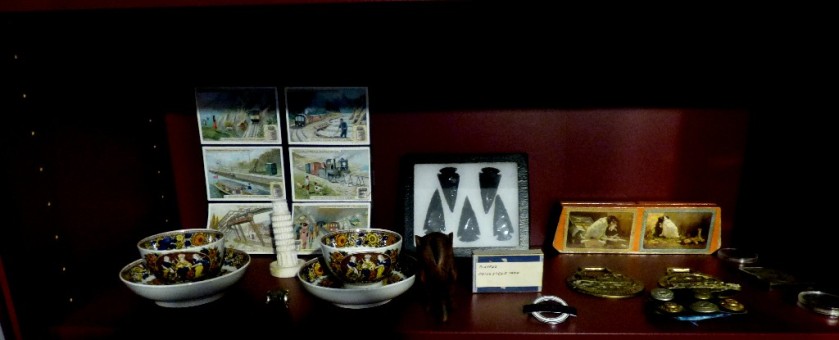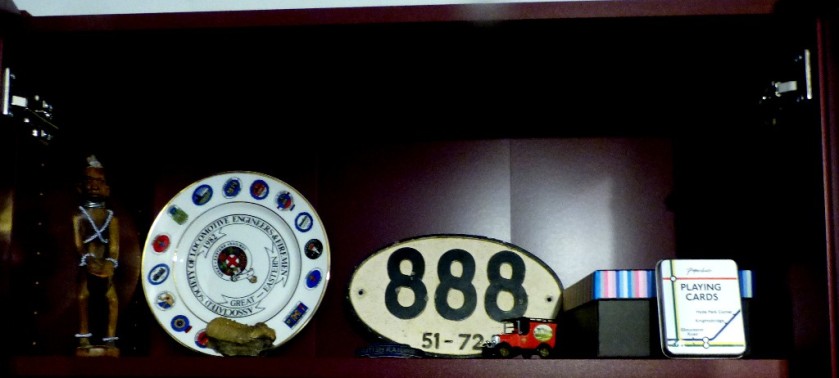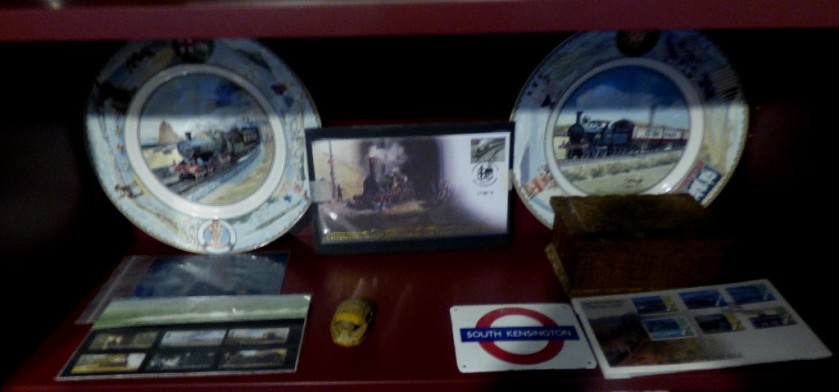INTRODUCTION
I launched this series with an introduction a while back and devoted a stand-alone post to Tammy Beaumont. Now after a some delays I continue with the remaining specialist batters from my first XI. I will deal with them in chronological order, starting with…
DAVID GOWER
I saw the last day of test cricket in the English season of 1990 live at The Oval. England were battling to save the game and thereby secure a series win, and the not out batsmen overnight were Mike Atherton and David Gower. Atherton did not last long that morning, but Gower batted magnificently through the day, finishing on 157 not out. John Morris kept him company for a good while but failed to reveal the stroke play that had earned him what was to a brief chance at international level. Allan Lamb then made a half century to ensure that no embarrassments could happen. Robin Smith had time to play one cut shot before the end. However, all of these players, and indeed the Indian bowling attack, were merely supporting cast for a day that belonged to Gower.
There would be only two more years of Gower at international level before he was passed over for a tour of India (an unqualified disaster for England, although Graeme Hick and Chris Lewis each had moments in the sun during that series) and announced his international retirement.
In the course of his test career David Gower scored over 8,000 runs at an average of 44, and he scored them in all circumstances and against all opponents. At Perth in 1978 while Geoffrey Boycott was taking 454 minutes to score 77 (one all-run four, but no boundary hits) Gower scored his maiden Ashes century. At Edgbaston in 1979 he took 200 not out off India. At Jamaica in 1981 he secured a draw for England by defying possibly the most fearsome pace quartet ever seen in cricket history (Garner, Croft, Marshall, Holding) for eight hours and an undefeated 154 – England would wait seven more years and ten straight defeats before they next shared the honours with the West Indies. In the 1985 Ashes he made three scores in excess of 150, two of which contributed to innings victories by England. Even in the 1990-1 Ashes down under, when England were crushed by an Australian side that knew itself to be the best in the world he made two centuries in the series.
A David Gower innings would stick in the memory. It never looked like he had really hit a ball until you saw it speeding to the boundary. It was precisley because he was so very good that his dismissals often looked absolutely terrible – how could such a player produce a shot like that?
KEVIN PIETERSEN
Fast forward 15 years to 2005 but stay at The Oval, and again a final day of the test match season started with England needing to secure a draw to win the series. This was an Ashes series, and since 1989 when a combination of injuries and a rebel tour to Apartheid South Africa saw England surrender the Ashes (only the weather prevented Australia from making history by winning all six matches in a six match series) the urn had been firmly in Australian possession. Kevin Pietersen (three fifties but as yet no century in his debut series) was dropped early in this innings by Shane Warne (who had a magnificent series overall), but England were definitely struggling at lunch time.
Post lunch Pietersen decided that attack was the only form of defence and went after the bowlingn to spectacular effect. Paul Collingwood for an hour and Ashley Giles for two and a half hours played crucial supporting roles. By the time Pietersen was out for 158 England were well and truly safe.
Pietersen went on to play many more fine innings for England, although his career eventually ended in somewhat controversial circumstances, but if he had never scored another run after that day in 2005 he would have done enough to ensure imperishable fame. No one who witnessed that innings will ever forget it.
ALASTAIR COOK
England’s all-time leading run scorer, whose career started with a fifty and century against India in 2006 and ended in the same fashion 12 years later. In between times it included the most successful visit to Australia by anyone named Cook since Captain James of that ilk was in his prime. Having saved the first match at Brisbane with 235 not out he then contributed 148 at Adelaide, Pietersen making 227 and finally ensured that England would win the series by scoring 189 at Sydney. In total the series brought him 766 runs, second only for an English batter in Australia to Hammond’s 905 in the 1928-9 series.
As well as making big runs all the way through his career Cook also managed to be fit and available every time England needed him, a remarkable feat of longevity and endurance when so much cricket is being played.
LOOKING AHEAD
Having covered the specialist batters from my first XI I will next be considering the all-rounders, including the wicketkeeper.





































